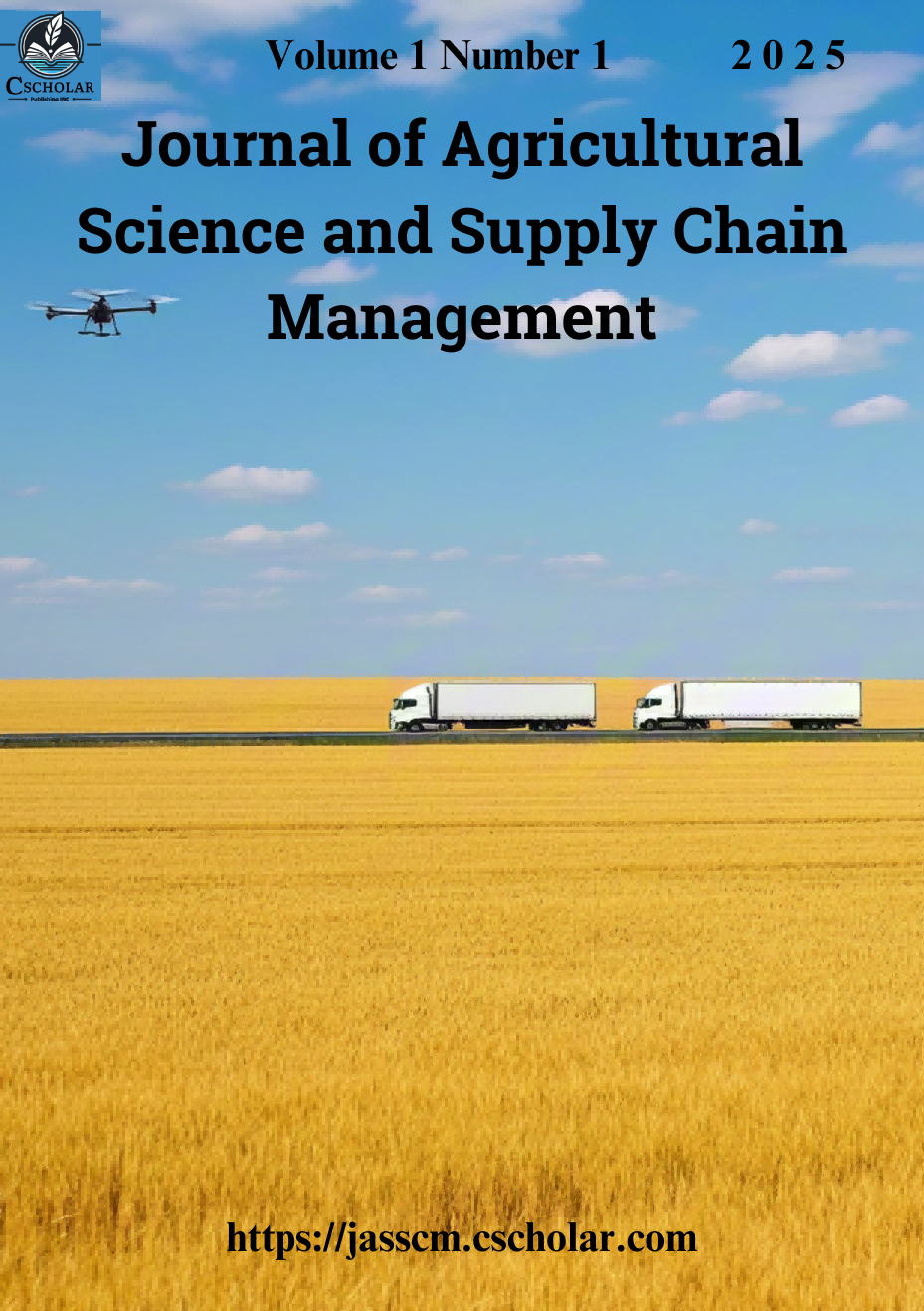Research on the Optimization of Domestic Waste Recycling Network Under the Background of Low Carbon
DOI:
https://doi.org/10.71204/j0tnd161Keywords:
Green and Low-Carbon, Garbage Collection and Transportation, Logistics Network, Optimization Model, Vehicle Path ProblemAbstract
To reduce the carbon emissions from waste collection vehicles, taking the representative Baolang Economic Development Zone in Shiyan City as an example, a two-stage urban domestic waste logistics collection and transportation model was established. In the first stage, the goal was to minimize the total distance, determining the optimal location for waste transfer stations. In the second stage, with the goal of minimizing total costs, and based on the determined optimal location of the transfer stations, the optimal waste collection vehicle routing was established. A genetic algorithm was designed to solve the optimal results for both stages, obtaining the best location for waste transfer stations and the optimal transportation routes for the Baolang District in Shiyan City. The optimization was compared and showed significant results. Finally, in light of the actual situation of domestic waste in the urban area of Shiyan City, suggestions were made to optimize the urban domestic waste collection network.
References
An, X. (2022). Site selection and path optimization of household waste transfer stations under the perspective of low carbon [Master’s thesis, North China Electric Power University].
Carolien, L., Jeroen, B., & Reginald, D. (2021). An exact routing optimization model for bio-waste collection in the Brussels Capital Region. Expert Systems with Applications, 183, 115408.
Gao, W. C., Yue, J. Y., & Zhao, J. (2025). Study on the optimization of urban express delivery routes considering carbon emissions. Journal of Liaoning University of Technology (Natural Science Edition), 45(1), 15–21.
Jia, C., Peng, X., & others. (2006). Establishment and application of the site selection optimization model for urban waste transfer station. Journal of Environmental Science, 26(11), 1927–1931.
Li, T., Deng, S., Lu, C., & others. (2023). A low-carbon collection path optimization method for garbage vehicles based on improved ant colony algorithm. Highway Traffic Science & Technology, 40(5), 221–227, 246.
Liu, J. (2011). Research on optimization model of urban household waste collection and transportation system [Master’s thesis, Southwest Jiaotong University].
Nuortio, T., Kytöjoki, J., Niska, H., & Bräysy, O. (2006). Improved route planning and scheduling of waste collection and transport. Expert Systems with Applications, 30(2), 223–232.
Shao, Q. (2021). Research on the optimization of waste logistics network in Jinan city under the background of waste classification [Master’s thesis, Wuhan University of Technology].
Taşkın, A., & Demir, N. (2020). Life cycle environmental and energy impact assessment of sustainable urban municipal solid waste collection and transportation strategies. Sustainable Cities and Society, 61, 102345.
Tian, Y. (2012). Optimization countermeasures for household waste collection and transportation in Dongying city center. Science and Technology Communication, 8(28), 132, 207.
Wang, F. (2011). Research on the optimization of urban household waste collection and transportation routes based on improved ant colony algorithm [Master’s thesis, Beijing University of Technology].
Wang, S., & Wang, Z. (2025). Research on the optimization of cold fresh meat distribution path based on improved genetic algorithm. Logistics Science & Technology, 48(7), 15–19.
Wang, X. (2012). Carbon emission reduction evaluation of urban community garbage collection and transportation process [Master’s thesis, Huazhong University of Science and Technology].
Wen, T., Qin, H., & Cui, M. (2015). Analysis of shared construction and sharing of small town waste management facilities. In China Urban Planning Society & Guiyang Municipal Government (Eds.), New normal: Inheritance and transformation—Proceedings of the 2015 China Urban Planning Annual Conference (Vol. 15, Small Town Planning). China Architecture & Building Press.
Downloads
Published
Issue
Section
License
Copyright (c) 2025 Mu Chen, Ziqiong Wei , Tian Wang (Author)

This work is licensed under a Creative Commons Attribution 4.0 International License.
All articles published in this journal are licensed under the Creative Commons Attribution 4.0 International License (CC BY 4.0). This license permits unrestricted use, distribution, and reproduction in any medium, provided the original author(s) and source are properly credited. Authors retain copyright of their work, and readers are free to copy, share, adapt, and build upon the material for any purpose, including commercial use, as long as appropriate attribution is given.




